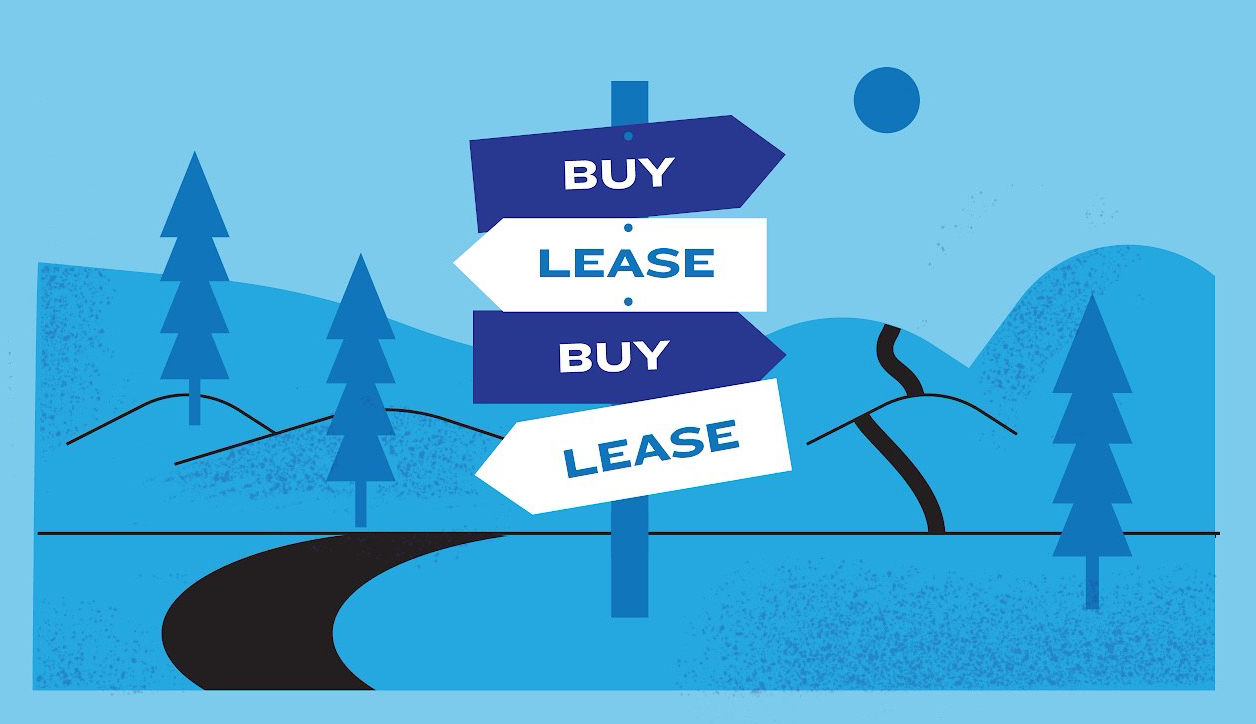Should I Buy or Lease
IPv4 Addresses?
by Lee Howard

With IPv4 sales prices at their lowest in three years, and multiple options for leasing IPv4 addresses, organizations needing IPv4 addresses have to consider whether buying or leasing makes more sense.
Small IPv4 block prices are around $33 per address, about $8,500 for a /24. Larger blocks are currently in the low $40s per address. Meanwhile, leasing prices are still $0.35 – $0.45 per month. There are three factors that affect leasing prices:
- Geolocation
- Size
- Long-term commitment
Leasing Considerations
Using a geofeeds.txt file or updating major geolocation services can help with the first, creating additional flexibility. Larger blocks may lease for a bit more than smaller ones. The biggest difference is in term length: lessors worry that a three-month tenant is going to use the addresses for spamming or proxying and create a bad reputation that makes the addresses unusable. Significant discounts are available for commitments of two, five, or ten years. That makes sense; a lessor wants to incentivize long leases so they don’t have non-revenue vacancies, and without a discount, a lessee would take a short contract and renew.
Renumbering
There are risks at the end of the lease: the tenant will have to acquire replacement addresses at new market conditions, and will have to renumber, potentially impacting customers. If the term of the lease is at least a few years, the lessee may be able to reduce the impact of these concerns.
Renumbering can be made easier with automation. Instead of manually configuring servers and network hardware, tools like ansible can turn a configuration repository into a database. Similarly, a good DDI (DHCP, DNS, IPAM) tool can use DHCP reservations and dynamic DNS to make server configurations easy. Firewalls and routers (and related security policy and routing policy) are typically updated twice: once to enable the new addresses, and again to remove the old addresses. Configuration management tools can help with these processes, too.
IPv6
Even better, a migration plan to IPv6 can reduce the need for new IPv4 addresses at the end of the lease. Network devices can run dual-stack—both IPv4 and IPv6—combined with Network Address Translation (NAT) for the IPv4 addresses. NAT can compress a network of thousands of devices into just a few IPv4 addresses, especially when half or more of the connections are able to use IPv6.
With proper planning, the cost of leasing may be less in both the short term and long term.
For a description of IPv4.Global’s leasing options, click LEASING IPv4.